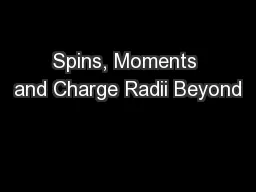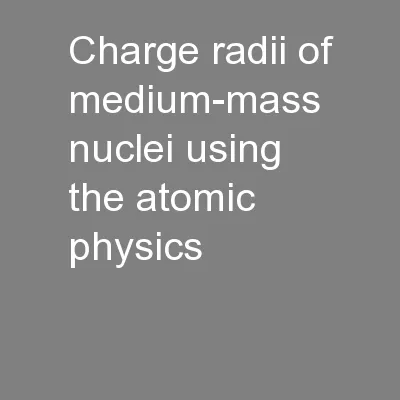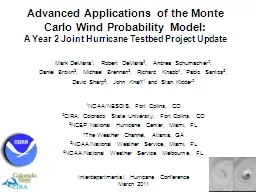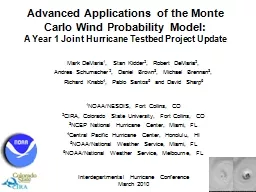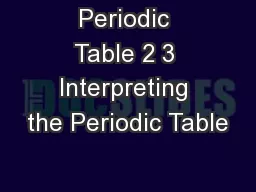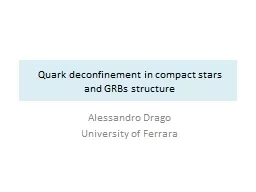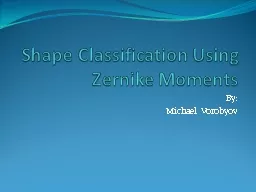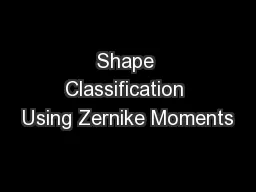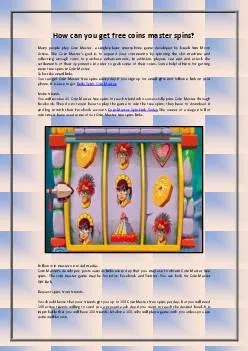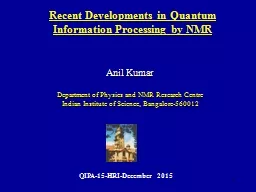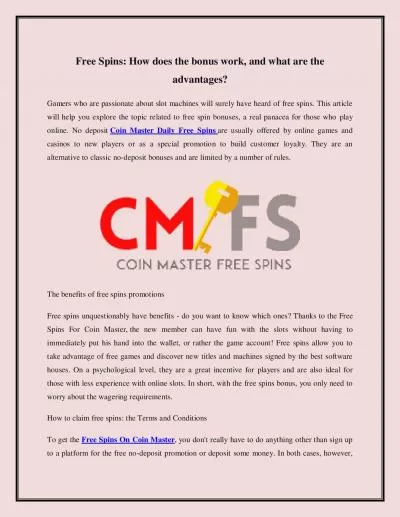PPT-Spins, Moments and Charge Radii Beyond
Author : stefany-barnette | Published Date : 2017-01-10
48 Ca INTCP313 ML Bissell On behalf of COLLAPS Background Program initiated with IS484 Groundstate properties of Kisotopes from laser and β NMR spectroscopy
Presentation Embed Code
Download Presentation
Download Presentation The PPT/PDF document "Spins, Moments and Charge Radii Beyond" is the property of its rightful owner. Permission is granted to download and print the materials on this website for personal, non-commercial use only, and to display it on your personal computer provided you do not modify the materials and that you retain all copyright notices contained in the materials. By downloading content from our website, you accept the terms of this agreement.
Spins, Moments and Charge Radii Beyond: Transcript
Download Rules Of Document
"Spins, Moments and Charge Radii Beyond"The content belongs to its owner. You may download and print it for personal use, without modification, and keep all copyright notices. By downloading, you agree to these terms.
Related Documents

